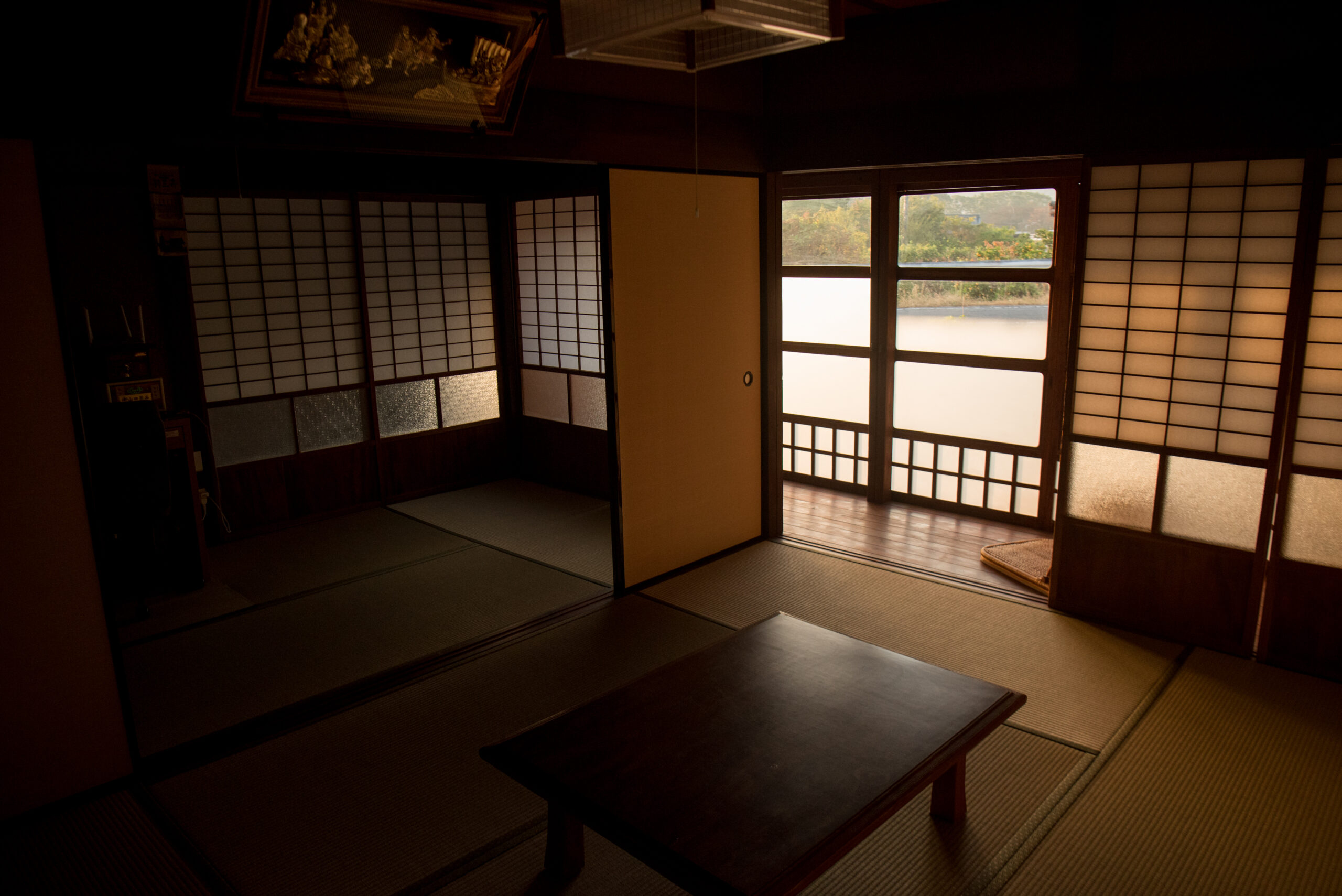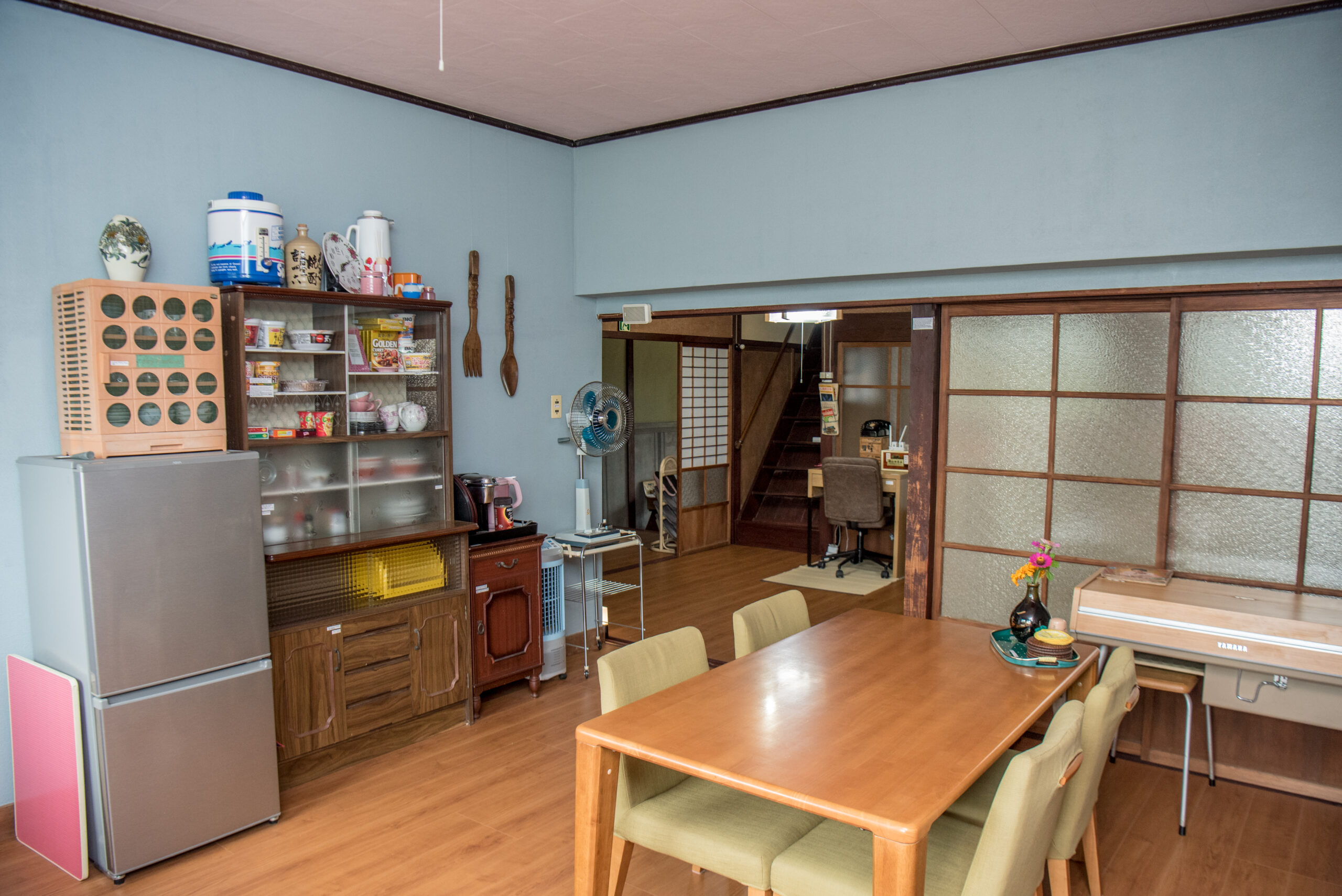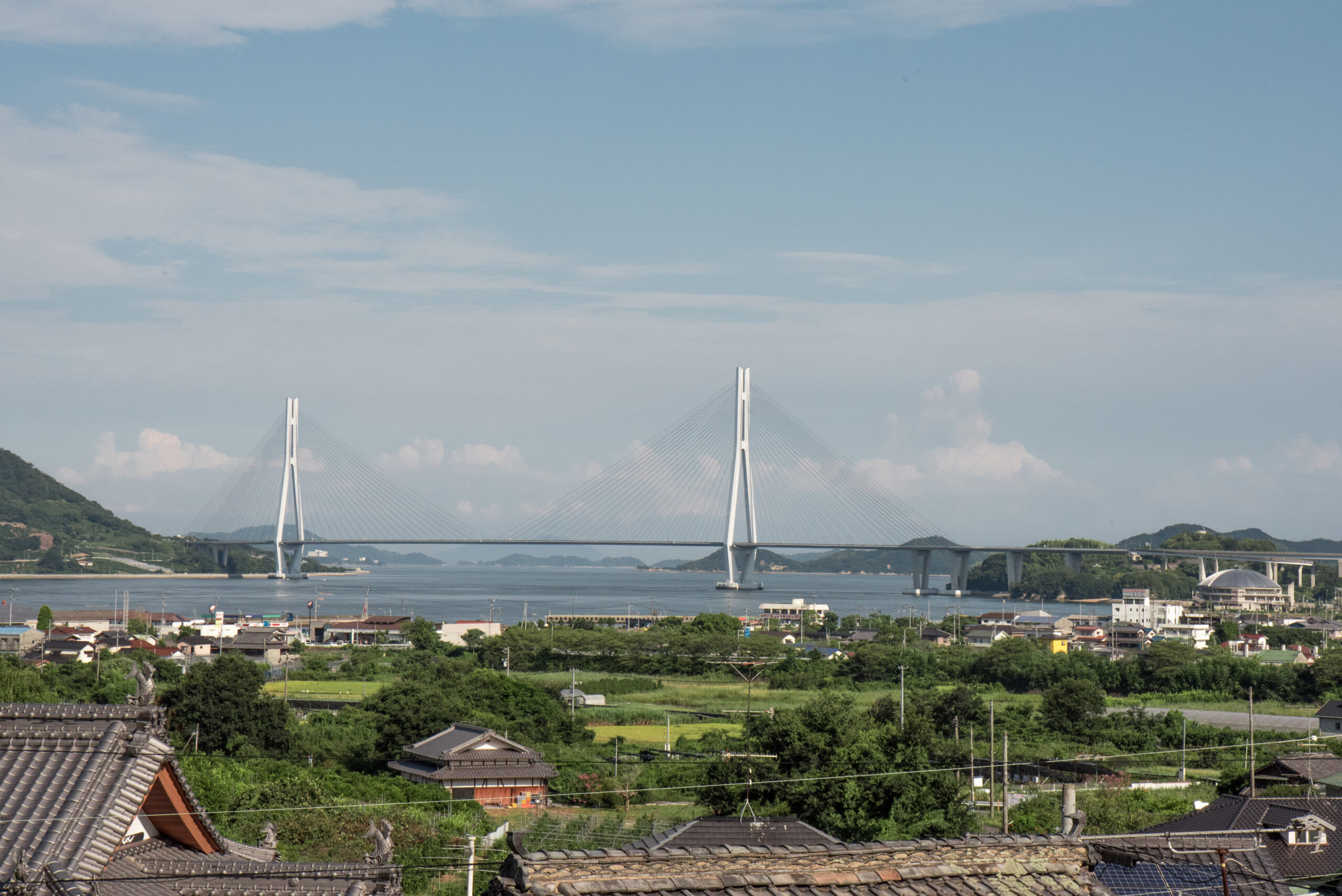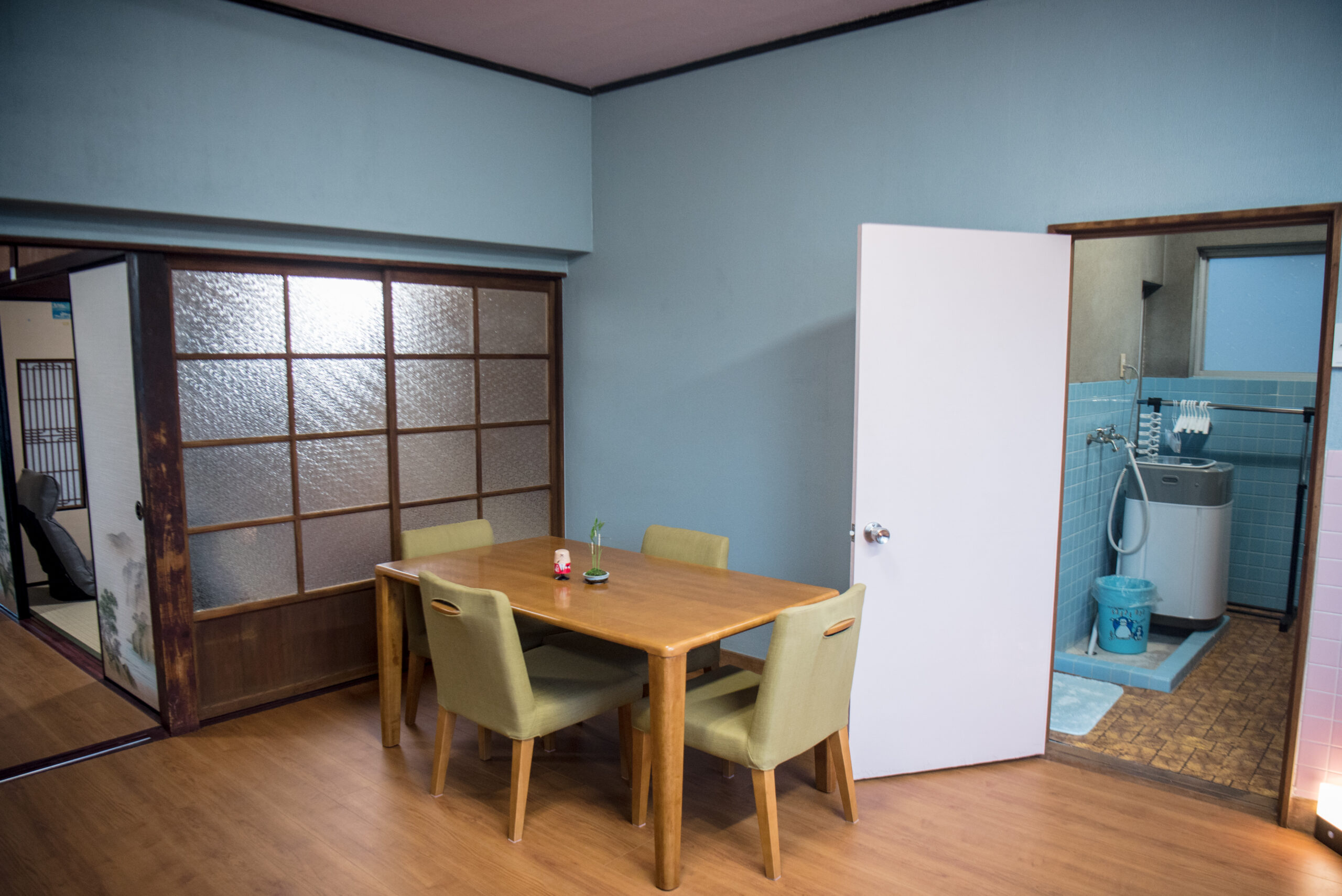This is the first in an upcoming series of short single-topic blogs. I feel compelled to share little helpful bites of our experiences, to help shed some light on certain mysterious aspects of Japan’s visa, business, or real estate processes. Today, let’s take a close look at the “real estate acquisition tax”. Clearly this is a pretty dry subject, so I’ll do my best to keep this short and informative, and perhaps a little entertaining!
If you’ve been following our story, you know that we’ve purchased two properties in rural Japan: The first, a house abandoned for 10 years, for ¥1 million ($7,500 USD), which is now earning income as Benton Guesthouse rental. The second, a former inn abandoned for 40 years, plus two small detached parcels of land, for ¥2.8 million ($18,000 USD), where we live. One year after purchasing each property, we received a bill in the mail for the “real estate acquisition tax”.




First of all, what is “real estate acquisition tax”? According to the tax office, it is “a one-time tax levied by the prefecture where the real estate is located on the acquirer of the real estate.”
What is “real estate acquisition”? Again, according to the tax office, “it refers to the acquisition of “ownership” of real estate, whether for a fee or free of charge. Furthermore, it does not matter whether the reason is sale, exchange, gift, assignment, donation, in-kind contribution to a corporation, construction, specific bequest, property division, termination of agreement (mistake), land reclamation, or land development by drainage.”

We purchased our first property in May 2023, so we received our first “real estate acquisition tax” slips in April 2024. That envelope contained four slips of paper. Evan was able to translate that the bill was for purchasing property. Since we had purchased a total of four parcels of land, we assumed one slip was for each parcel, and did not do any further translation. However, we assumed incorrectly, and we accidentally double paid!
As you can see in this very clearly-written note, that we apparently did not translate: each property owner receives a tax bill in full, and it’s up to the co-owners to decide amongst themselves who pays the bill. Since Evan and I purchased our property with 50/50 ownership, two of the slips were for Evan and two of the slips were for me, but, only two of the slips actually needed to be paid. Oops!


So in reality, we only needed to pay two of the slips: one for the value of the land, and one for the value of the structure. But we received four slips total, as there were two duplicate slips per owner. We received a letter in the mail the following month, explaining that we had overpaid, and very clear instructions for how to request a refund to be direct-deposited back into our Japanese bank account.
If you’re not aware, in Japan, utility bills and taxes are typically paid at your local convenience store. That’s part of the store’s service. Payments usually need to made in cash yen. So each month, we go to the local Family Mart or the Lawson with our little slips to pay internet and electricity. Water bills are paid every two months. We also pay any tax bills this same way.
Now that it’s been one year since we purchased our second property, so we just received the “real estate acquisition tax” slips in the mail. And again, we received four slips, only two of which need to be paid. Two are for the second property land, and two are for the second property structure.
For our ¥1 million house, our “real estate acquisition tax” was ¥34,100 ($238 USD). That’s ¥19,300 for the land, and ¥14,800 for the structure. For our ¥2.8 million house, our “real estate acquisition tax” was ¥38,400 ($268 USD). That’s ¥26,800 for the land, and ¥11,600 for the structure.
I feel like it’s important to note that this is a one-time tax, as opposed to our annual property taxes, which were actually even lower than this!
You can see that the amounts don’t seem to correlate to the purchase price. Let’s find out why, by translating this additional helpful document included in the envelope:


According to this document, the way Ehime prefecture calculates the cost for the “real estate acquisition tax” is to multiply the value of the acquired real estate by the tax rate percentage.
The value of the acquired real estate is “the price assessed based on the fixed asset assessment standards established by the Minister of Internal Affairs and Communications.” So it seems the value is not related to the purchase price, but rather the assessed value on record. The tax rate percentage is variable based on whether it’s land or a structure, and if a structure, whether it’s residential or non-residential.
At this point I should mention, again, as always, that I am not an expert in this subject by any means! I am simply sharing our experience and the information provided to me, in hopes that it will be helpful to others. Please keep in mind that the “real estate acquisition tax” rates and regulations probably vary by city or prefecture, as with many things in Japan.
Thanks for joining me today! I plan to make more short single-topic videos like this in the future. Some ideas are: How we found our Japanese houses. How to pay utility bills in Japan. How we opened a “kabushikigaisha” Japanese corporation. The best banks for international travel. How to keep a US mailing address while residing in Japan. What is the Affidavit of Residence? Please let me know if you have any specific topic requests, by leaving a comment in the YouTube video below!
Our YouTube video, which corresponds to this blog post about Japan’s real estate acquisition tax ⌄
Thanks for reading,
ダニとエバン ベントン





